
Deutsch-Chinesische Enzyklopädie, 德汉百科
 Vereinte Nationen
Vereinte Nationen
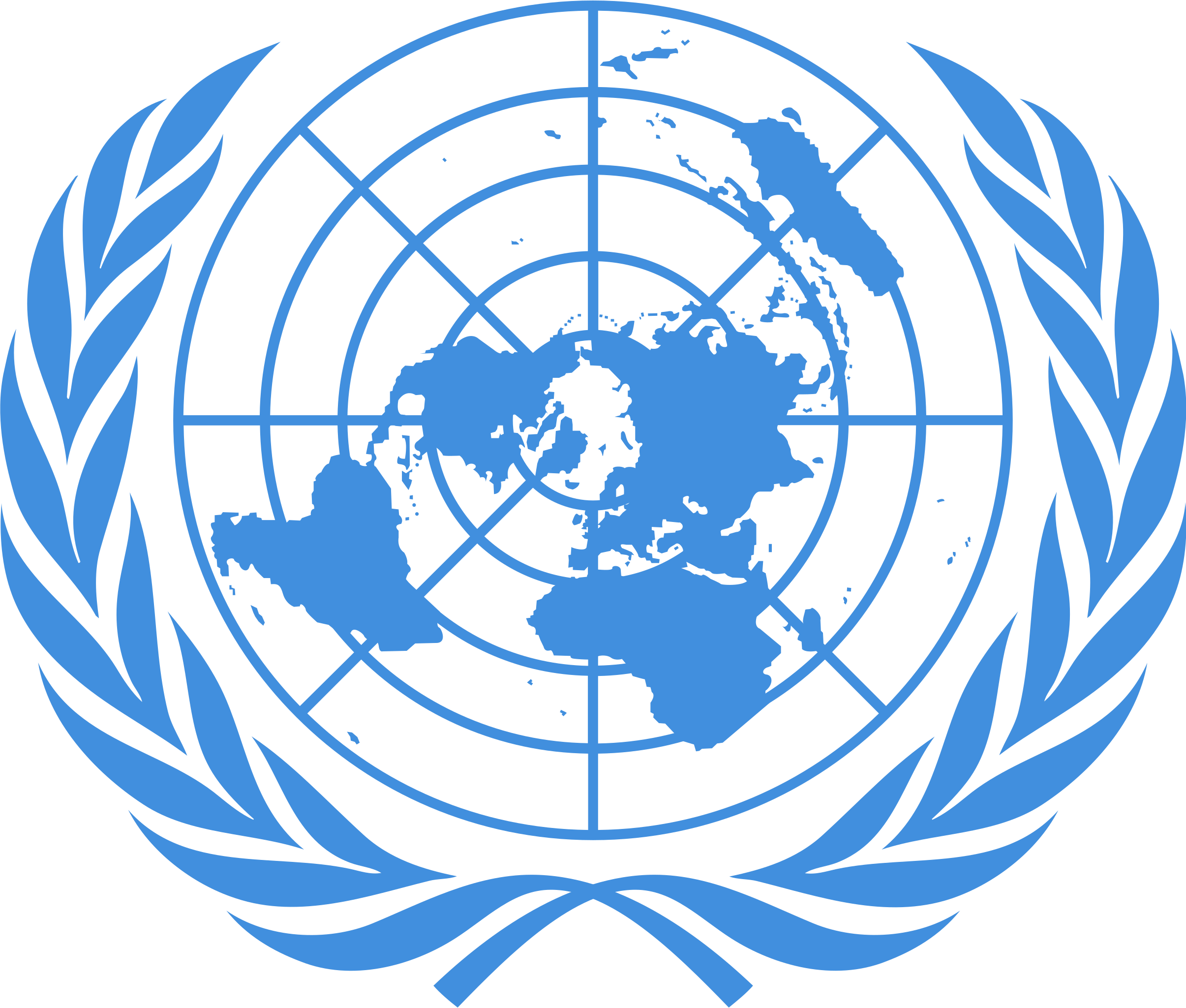
 Generalsekretär der Vereinten Nationen
Generalsekretär der Vereinten Nationen
 Hubert Miles Gladwyn Jebb
Hubert Miles Gladwyn Jebb

 Vereinte Nationen
Vereinte Nationen
 Generalsekretär der Vereinten Nationen
Generalsekretär der Vereinten Nationen


 Finanz
Finanz
 *China-Konjunkturdaten
*China-Konjunkturdaten

 Finanz
Finanz
 *Brasilien-Konjunkturdaten
*Brasilien-Konjunkturdaten

 Finanz
Finanz
 *Deutschland-Konjunkturdaten
*Deutschland-Konjunkturdaten

 Finanz
Finanz
 *Europäische Union-Konjunkturdaten
*Europäische Union-Konjunkturdaten

 Finanz
Finanz
 *Frankreich-Konjunkturdaten
*Frankreich-Konjunkturdaten

 Finanz
Finanz
 *Indien-Konjunkturdaten
*Indien-Konjunkturdaten

 Finanz
Finanz
 *Indonesien-Konjunkturdaten
*Indonesien-Konjunkturdaten

 Finanz
Finanz
 *Italien-Konjunkturdaten
*Italien-Konjunkturdaten

 Finanz
Finanz
 *Japan-Konjunkturdaten
*Japan-Konjunkturdaten

 Finanz
Finanz
 *Kanada-Konjunkturdaten
*Kanada-Konjunkturdaten

 Finanz
Finanz
 *Russland-Konjunkturdaten
*Russland-Konjunkturdaten

 Finanz
Finanz
 *Vereinigte Staaten-Konjunkturdaten
*Vereinigte Staaten-Konjunkturdaten

 Finanz
Finanz
 *Vereinigtes Königreich-Konjunkturdaten
*Vereinigtes Königreich-Konjunkturdaten

 Vereinte Nationen
Vereinte Nationen

 Wirtschaft und Handel
Wirtschaft und Handel
 Wirtschafts- und Politikforschung
Wirtschafts- und Politikforschung
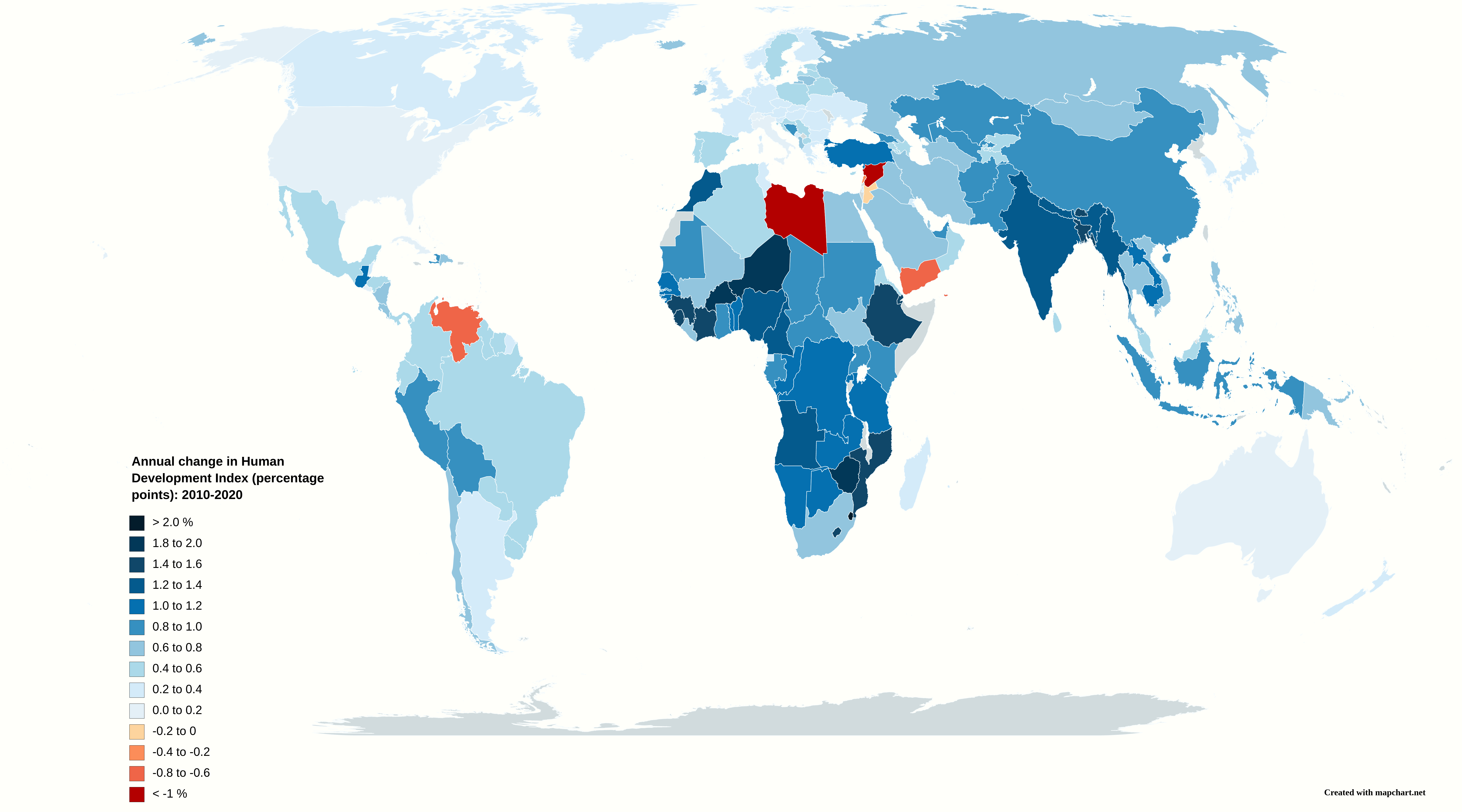
Der Index der menschlichen Entwicklung (englisch Human Development Index, abgekürzt HDI) der Vereinten Nationen ist ein Indikator für Staaten, der auch als Wohlstandsindikator bezeichnet wird.[1] Der HDI wird seit 1990 im jährlich erscheinenden Bericht über die menschliche Entwicklung (englisch Human Development Report) des Entwicklungsprogramms der Vereinten Nationen (UNDP) veröffentlicht.
Der HDI berücksichtigt nicht nur das Bruttonationaleinkommen pro Kopf, sondern ebenso die Lebenserwartung und die Dauer der Ausbildung anhand der Anzahl an Schuljahren, die eine 25-jährige Person absolviert hat, sowie der voraussichtlichen Dauer der Ausbildung eines Kindes im Einschulungsalter. Der HDI wurde im Wesentlichen von dem pakistanischen Ökonomen Mahbub ul Haq entwickelt, der eng mit dem indischen Ökonomen Amartya Sen sowie dem britischen Wirtschaftswissenschaftler und Politiker Meghnad Desai zusammenarbeitete.
Als Zusatz veröffentlicht das UNDP jedes Jahr den ungleichheitsbereinigten Index der menschlichen Entwicklung (IHDI: Inequality-adjusted Human Development Index). Dieser ergänzende Index ist ein Maß für menschliche Entwicklung, das Ungleichheit in Bildung, Gesundheit und Einkommen mit einschließt.
人类发展指数(英语:Human Development Index,缩写为HDI),是联合国开发计划署从1990年开始发布的一个指数,用以衡量各国社会经济发展程度的标准,并依此将各国和地区划分为四种等级:极高、高、中、低共四组。只有被列入第一组“极高”的国家才有可能成为发达国家。指数值根据出生时的平均寿命、受教育年限(包括平均受教育年限和预期受教育年限)、人均国民总收入计算出,在世界范围内可作为各国之间的比较。
人間開発指数(にんげんかいはつしすう、英語: Human Development Index, HDI)とは、各国を人間開発の4段階に順位付けするために用いられる平均余命、教育、識字及び所得指数の複合統計である。1990年にインド人経済学者のアマルティア・セン及びパキスタン人経済学者のマブーブル・ハックが開発し[1]、国際連合開発計画が刊行する[2]。
2010年の人間開発報告書では、不平等調整済み人間開発指数 (IHDI) が導入された。通常のHDIがなお有用である一方、IHDIは不平等を主要因とした人間開発の実際の水準を示し、HDIは「潜在的な」人間開発の指数又は不平等さえなければ実現可能な最大値のIHDIとして見なすことが可能である[3]。
男女格差に限定した類似指標としては、世界経済フォーラムが発表しているジェンダー・ギャップ指数が存在する。
The Human Development Index (HDI) is a statistic composite index of life expectancy, education (literacy rate, gross enrollment ratio at different levels and net attendance ratio), and per capita income indicators, which are used to rank countries into four tiers of human development. A country scores a higher HDI when the lifespan is higher, the education level is higher, and the gross national income GNI (PPP) per capita is higher. It was developed by Pakistani economist Mahbub ul Haq and was further used to measure a country's development by the United Nations Development Programme (UNDP)'s Human Development Report Office.[1][2][3]
The 2010 Human Development Report introduced an Inequality-adjusted Human Development Index (IHDI). While the simple HDI remains useful, it stated that "the IHDI is the actual level of human development (accounting for inequality), while the HDI can be viewed as an index of 'potential' human development (or the maximum level of HDI) that could be achieved if there were no inequality."[4]
The index is based on the human development approach, developed by Mahbub ul Haq, often framed in terms of whether people are able to "be" and "do" desirable things in life. Examples include – being: well fed, sheltered, healthy; doing: work, education, voting, participating in community life. The freedom of choice is central – someone choosing to be hungry (as during a religious fast) is quite different from someone who is hungry because they cannot afford to buy food, or because the country is in a famine.[5]
The index does not take into account several factors, such as the net wealth per capita or the relative quality of goods in a country. This situation tends to lower the ranking for some of the most advanced countries, such as the G7 members and others.[6]
L'indice de développement humain ou IDH (en anglais, human development index ou HDI) est un indice statistique composite pour évaluer le taux de développement humain des pays du monde. L'IDH se fondait alors sur trois critères : le PIB par habitant, l'espérance de vie à la naissance et le niveau d'éducation des enfants de 17 ans et plus.
Le concept du développement humain est plus large que ce qu'en décrit l'IDH qui n'en est qu'un indicateur, créé par le PNUD pour évaluer ce qui n'était mesuré auparavant qu'avec imprécision. L'indicateur précédemment utilisé, le PIB par habitant, ne donne pas d'information sur le bien-être individuel ou collectif, mais n'évalue que la production économique. Il présente des écarts qui peuvent être très importants avec l'IDH1. L'indice a été développé en 1990 par l'économiste indien Amartya Sen et l'économiste pakistanais Mahbub ul Haq2. Pour Sen comme pour le PNUD, le développement est plutôt, en dernière analyse, un processus d'élargissement du choix des gens qu'une simple augmentation du revenu national. Notons enfin qu'il existe un indice dérivé de l'IDH, le GDI (Gender-related Development Index), qui prend en compte les disparités liées au genre, soit les différences de situation de vie entre les hommes et les femmes d'un pays considéré.
La formule de calcul de l'IDH a été modifiée en 2010.
Dans le Rapport sur le développement humain de 2010, l'indice de développement humain ajusté selon les inégalités (IDHI) a été introduit. Bien que l'IDH reste utile, il mentionne que « l'IDHI est le niveau réel de développement humain (tenant compte des inégalités) » et que « l'IDH peut être vu comme un indice de développement humain "potentiel" (c'est-à-dire le niveau maximum d'IDHI qui pourrait être atteint en l'absence d'inégalités) »3.
L'indice di sviluppo umano (ISU, in inglese: Human Development Index, HDI) è un indicatore di sviluppo macroeconomico elaborato nel 1990 dall'economista pakistano Mahbub ul Haq, seguito inizialmente anche dall'economista indiano Amartya Sen. È stato utilizzato, accanto al PIL (prodotto interno lordo), dall'Organizzazione delle Nazioni Unite a partire dal 1993 per valutare la qualità della vita dei membri di un Paese.
In precedenza, veniva utilizzato soltanto il PIL, indicatore di sviluppo macroeconomico che rappresenta il valore monetario dei beni e dei servizi prodotti in un anno su un determinato territorio nazionale e che si basa quindi esclusivamente sulla crescita e non tiene conto del capitale (soprattutto naturale) che viene perso nei processi di crescita. Questi parametri misurano esclusivamente il valore economico totale o una distribuzione media del reddito. In pratica, un cittadino molto ricco ridistribuisce la sua ricchezza su molti poveri falsando in tal modo il livello di vita di questi ultimi.
Si cercò quindi, attraverso l'indice di sviluppo umano, di tener conto di differenti fattori, oltre al PIL procapite, che non potevano essere detenuti in modo massiccio da un singolo individuo, come l'alfabetizzazione e la speranza di vita, ottenendo in questo modo un indice multidimensionale. La scala dell'indice è in millesimi decrescente da 1 a 0 e si suddivide, in base ai quartili (dal 2010), in quattro gruppi: Paesi a sviluppo umano molto alto, Paesi ad alto sviluppo umano, Paesi a medio sviluppo e Paesi a basso sviluppo umano.
El índice de desarrollo humano (IDH) es un indicador del desarrollo humano por país, elaborado por el Programa de las Naciones Unidas para el Desarrollo (PNUD). Ha evolucionado al Índice de Desarrollo Ajustado por Desigualdad (IDHD).
Es un indicador sintético de los logros medios obtenidos en las dimensiones fundamentales del desarrollo humano, a saber, tener una vida larga y saludable, adquirir conocimientos y disfrutar de un nivel de vida digno. El IDH es determinado por la media aritmética de los índices normalizados de cada una de las tres dimensiones.
La dimensión de la salud se evalúa según la esperanza de vida al nacer, y la de la educación se mide por los años promedio de escolaridad de los adultos de 25 años o más y por los años esperados de escolaridad de los niños en edad escolar. La dimensión del nivel de vida se mide conforme al PIB per cápita.2
Индекс человеческого развития (ИЧР), до 2013 года «Индекс развития человеческого потенциала» (ИРЧП) — интегральный показатель, рассчитываемый ежегодно для межстранового сравнения и измерения уровня жизни, грамотности, образованности и долголетия как основных характеристик человеческого потенциала исследуемой территории. Он является стандартным инструментом при общем сравнении уровня жизни различных стран и регионов. Индекс был разработан в 1990 году группой экономистов во главе с пакистанцем Махбубом уль-Хаком; его концептуальная структура была создана благодаря работе Амартии Сена. Индекс публикуется в рамках Программы развития ООН в ежегодных отчётах о развитии человеческого потенциала с 1990 года.
 International Labour Organization,ILO
International Labour Organization,ILO
 Guy Ryder
Guy Ryder
 International Labour Organization,ILO
International Labour Organization,ILO
 Gilbert Houngbo
Gilbert Houngbo
 International Labour Organization,ILO
International Labour Organization,ILO
 Gilbert Houngbo
Gilbert Houngbo

 Medizin, Pharma, Rehabilitation
Medizin, Pharma, Rehabilitation
 Nobelpreis
Nobelpreis
 Nobelpreis
Nobelpreis
 Nobelpreis für Frieden
Nobelpreis für Frieden
 Nobelpreis
Nobelpreis
 1969
1969
 Schweiz
Schweiz
 Genf
Genf

 Wichtige internationale Organisationen
Wichtige internationale Organisationen
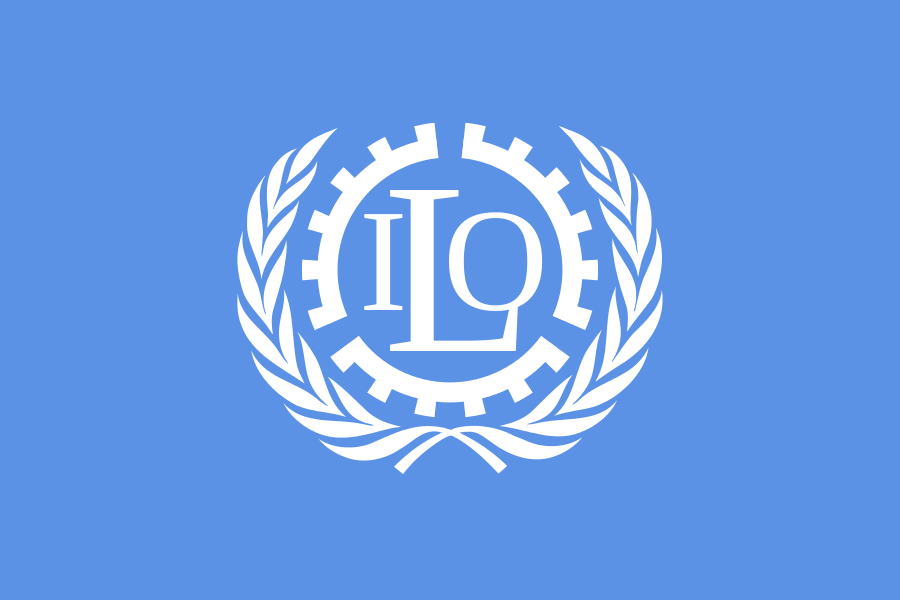
国际劳工组织(英语:International Labour Organization - ILO;法语:Organisation internationale du Travail;西班牙语:Organización Internacional del Trabajo)是联合国的一个专门机构,也是联合国唯一的三方机构(政府、雇主和工人)。该组织成立于1919年,其设立是《凡尔赛和约》的组成部分。该组织制订劳工标准、政策和计划,促进所有女性和男性享有体面劳动,追求社会正义以建立世界持久和平。[1]该组织因保障社会正义、努力增进国家间情谊获得了1969年诺贝尔和平奖。[2]截至2021年3月,该组织共有187个成员国。
1919年1月至4月期间,巴黎和会先后于巴黎和凡尔赛宫召开了会议,其设立的劳工委员会起草了《国际劳工组织章程》,国际劳工组织作为国际联盟的附属机构成立。《章程》借鉴了国际劳工立法协会(1901年于巴塞尔成立)运作中产生的理念,其序言概括了包括安全、人道、政治和经济等驱动该组织诞生的因素。
Die Internationale Arbeitsorganisation (IAO,[3] auch ILO; englisch: International Labour Organization, ILO; französisch: Organisation internationale du travail, OIT; spanisch: Organización Internacional del Trabajo, OIT) ist eine Sonderorganisation der Vereinten Nationen und damit beauftragt, soziale Gerechtigkeit sowie Menschen- und Arbeitsrechte zu fördern.[4] Dies schließt die Bekämpfung des Menschenhandels mit ein.[5]

 Schiffe und Nautik
Schiffe und Nautik
 §International Maritime Organization
§International Maritime Organization
 Vereinigtes Königreich
Vereinigtes Königreich

 Wichtige internationale Organisationen
Wichtige internationale Organisationen

 Energieressource
Energieressource
 *International Thermonuclear Experimental Reactor
*International Thermonuclear Experimental Reactor

 Energieressource
Energieressource
 *Atomkraft
*Atomkraft
 Österreich
Österreich

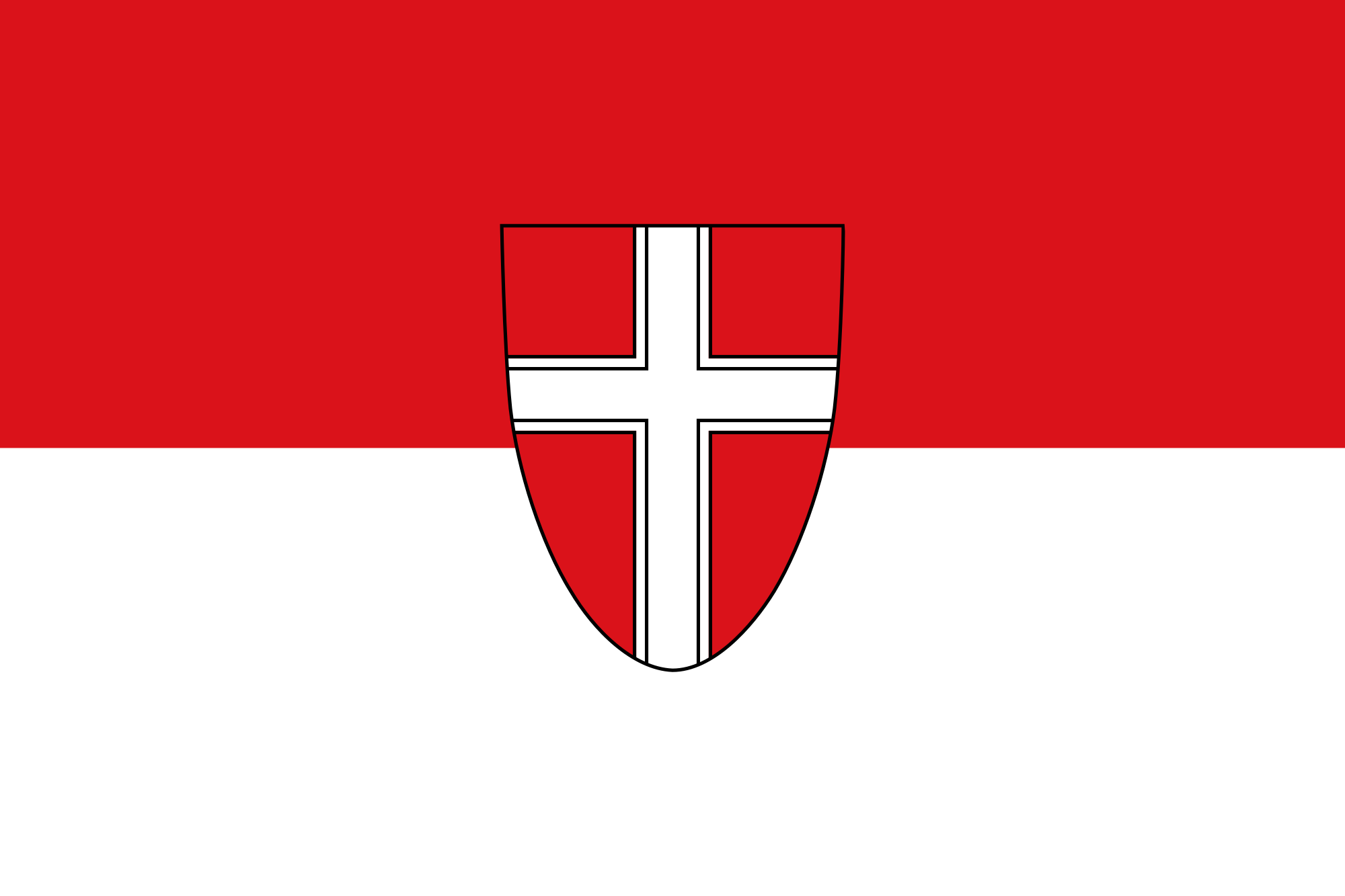 Wien
Wien




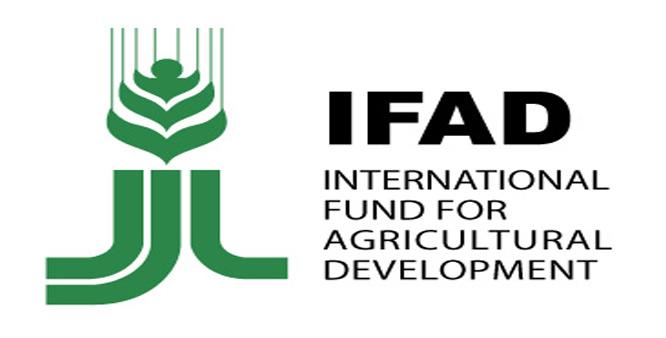

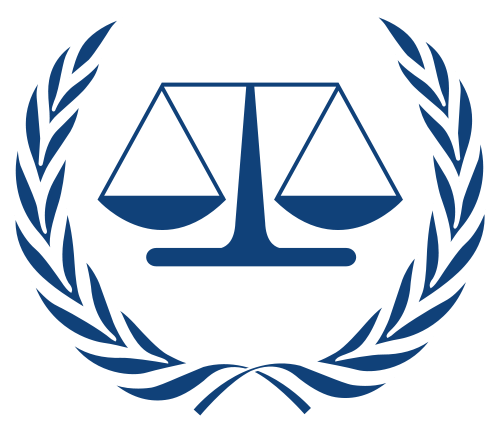
 Argentinien
Argentinien
 Australien
Australien
 Belgien
Belgien
 Brasilien
Brasilien
 China
China
 Dänemark
Dänemark
 Deutschland
Deutschland

 Finanz
Finanz
 Internationale Bank für Zusammenarbeit
Internationale Bank für Zusammenarbeit
 Frankreich
Frankreich
 Indien
Indien
 Indonesien
Indonesien
 Internationaler Währungsfonds
Internationaler Währungsfonds
 Camille Gutt
Camille Gutt
 Internationaler Währungsfonds
Internationaler Währungsfonds
 Christine Lagarde
Christine Lagarde
 Internationaler Währungsfonds
Internationaler Währungsfonds
 Dominique Strauss-Kahn
Dominique Strauss-Kahn
 Internationaler Währungsfonds
Internationaler Währungsfonds
 Horst Köhler
Horst Köhler
 Internationaler Währungsfonds
Internationaler Währungsfonds
 Ivar Rooth
Ivar Rooth
 Internationaler Währungsfonds
Internationaler Währungsfonds
 Jacques de Larosière
Jacques de Larosière
 Internationaler Währungsfonds
Internationaler Währungsfonds
 Johan Witteveen
Johan Witteveen
 Internationaler Währungsfonds
Internationaler Währungsfonds
 Michel Camdessus
Michel Camdessus
 Internationaler Währungsfonds
Internationaler Währungsfonds
 Per Jacobsson
Per Jacobsson
 Internationaler Währungsfonds
Internationaler Währungsfonds
 Pierre-Paul Schweitzer
Pierre-Paul Schweitzer
 Internationaler Währungsfonds
Internationaler Währungsfonds
 Rodrigo Rato
Rodrigo Rato
 Internationaler Währungsfonds
Internationaler Währungsfonds
 Kristalina Georgiewa
Kristalina Georgiewa
 Italien
Italien
 Japan
Japan
 Kanada
Kanada
 Malaysia
Malaysia
 Mexiko
Mexiko
 Niederlande
Niederlande
 Nigeria
Nigeria
 Norwegen
Norwegen
 Österreich
Österreich
 Polen
Polen
 Republik Korea
Republik Korea
 Russland
Russland
 Saudi-Arabien
Saudi-Arabien
 Schweden
Schweden
 Schweiz
Schweiz
 Spanien
Spanien
 Südafrika
Südafrika
 Venezuela
Venezuela
 Vereinigte Staaten
Vereinigte Staaten
 Vereinigtes Königreich
Vereinigtes Königreich

 Washington, D.C.
Washington, D.C.

 Wichtige internationale Organisationen
Wichtige internationale Organisationen

 Wirtschaft und Handel
Wirtschaft und Handel
 Wirtschafts- und Politikforschung
Wirtschafts- und Politikforschung

国际货币基金组织(法语:Fonds Monétaire International,缩写:FMI;英语:International Monetary Fund,缩写:IMF)于1945年12月27日成立,与世界银行同为世界两大金融机构,由189个国家组成,致力于促进全球货币合作,确保金融稳定,促进国际贸易。职责是监察货币汇率和各国贸易情况、提供技术和资金协助[3][4][5],确保全球金融制度运作正常;其总部设置于美国华盛顿特区。
Der Internationale Währungsfonds (IWF; englisch International Monetary Fund, IMF; auch bekannt als Weltwährungsfonds) ist eine rechtlich, organisatorisch und finanziell selbständige Sonderorganisation der Vereinten Nationen mit Sitz in Washington, D.C., USA.
Hauptaufgabe des IWF ist die Vergabe von Krediten an Länder ohne ausreichende Währungsreserven, die in Zahlungsbilanzschwierigkeiten geraten sind. Weitere Tätigkeitsfelder sind die Förderung der internationalen Zusammenarbeit in der Währungspolitik, Ausweitung des Welthandels, Stabilisierung von Wechselkursen, Überwachung der Geldpolitik und technische Hilfe.
Der IWF und seine Schwesterorganisation Weltbank haben ihren Ursprung im 1944 geschaffenen Bretton-Woods-System fester Wechselkurse, das auf der damals mit Gold gedeckten Leitwährung US-Dollar beruhte. Sie waren als internationale Steuerungsinstrumente geplant, mit denen eine Wiederholung der Währungsturbulenzen der Zwischenkriegszeit und der Fehler des Goldstandards aus den 1920er Jahren verhindert werden sollte. Beide Organisationen werden daher als Bretton-Woods-Institution bezeichnet. Die Kreditvergabe des IWF ist an wirtschaftspolitische Auflagen geknüpft, die die Rückzahlung der Kredite sichern sollen. Anders als der IWF vergibt die Weltbank auch Kredite für spezielle Projekte.
Der IWF hat zurzeit (Stand April 2020) 189 Mitgliedstaaten, deren Stimmrecht sich an ihrem Kapitalanteil orientiert. Die Mitgliedstaaten mit den größten Stimmanteilen sind: USA 16,51 %, Japan 6,15 %, China 6,08 %, Deutschland 5,32 %, Frankreich 4,03 %, Vereinigtes Königreich 4,03 % und Italien 3,02 %. Von den deutschsprachigen Ländern haben außerdem Luxemburg 0,29 %, Österreich 0,81 % und die Schweiz 1,18 % Stimmenanteile.[4]
Beschlüsse müssen im IWF mit einer Mehrheit von 85 % getroffen werden. Dadurch verfügen jeweils die USA allein und die EU-Staaten gemeinsam de facto über eine Sperrminorität.[5]
国際通貨基金(こくさいつうかききん、英語: International Monetary Fund, IMF)は、国際金融、並びに、為替相場の安定化を目的として設立された国際連合(国連)の専門機関である。本部は、アメリカ合衆国の首都ワシントンD.C.にある。2018年現在、加盟国は189か国である[2]。
加盟国の経常収支が著しく悪化した場合などに融資などを実施することで、国際貿易の促進、加盟国の高水準の雇用と国民所得の増大、為替の安定、などに寄与する事を目的としている。 また、為替相場の安定のために、経常収支が悪化した国への融資や、為替相場と各国の為替政策の監視などを行っている。各国の中央銀行の取りまとめ役のような役割を負う。世界銀行と共に、国際金融秩序の根幹を成す。
The International Monetary Fund (IMF) is an international organization headquartered in Washington, D.C., consisting of 189 countries working to foster global monetary cooperation, secure financial stability, facilitate international trade, promote high employment and sustainable economic growth, and reduce poverty around the world while periodically depending on the World Bank for its resources.[1] Formed in 1944 at the Bretton Woods Conference primarily by the ideas of Harry Dexter White and John Maynard Keynes,[6] it came into formal existence in 1945 with 29 member countries and the goal of reconstructing the international payment system. It now plays a central role in the management of balance of payments difficulties and international financial crises.[7] Countries contribute funds to a pool through a quota system from which countries experiencing balance of payments problems can borrow money. As of 2016, the fund had XDR 477 billion (about US$ 667 billion).[8]
Through the fund and other activities such as the gathering of statistics and analysis, surveillance of its members' economies, and the demand for particular policies,[9] the IMF works to improve the economies of its member countries.[10] The organization's objectives stated in the Articles of Agreement are:[11] to promote international monetary co-operation, international trade, high employment, exchange-rate stability, sustainable economic growth, and making resources available to member countries in financial difficulty.[12] IMF funds come from two major sources: quotas and loans. Quotas, which are pooled funds of member nations, generate most IMF funds. The size of a member's quota depends on its economic and financial importance in the world. Nations with larger economic importance have larger quotas. The quotas are increased periodically as a means of boosting the IMF's resources in the form of special drawing rights.[13]
The current Managing Director (MD) and Chairwoman of the IMF is Bulgarian Economist Kristalina Georgieva, who has held the post since October 1, 2019.[14]
Gita Gopinath was appointed as Chief Economist of IMF from 1 October 2018. She received her PhD in economics from Princeton University. Prior to her IMF appointment she was economic adviser to the Chief Minister of Kerala, India.[15]
Le Fonds monétaire international (FMI) est une institution internationale regroupant 189 pays, dont le but est de promouvoir la coopération monétaire internationale, garantir la stabilité financière, faciliter les échanges internationaux, contribuer à un niveau élevé d’emploi, à la stabilité économique et faire reculer la pauvreté2.
Le FMI a ainsi pour fonction d'assurer la stabilité du système monétaire international (SMI) et la gestion des crises monétaires et financières. Pour cela, il fournit des crédits aux pays qui connaissent des difficultés financières mettant en péril l'organisation gouvernementale du pays, la stabilité de son système financier (banques, marchés financiers) ou les flux d'échanges de commerce international avec les autres pays.
Lors d'une crise financière, pour éviter qu’un pays ne fasse « défaut » (c’est-à-dire que ce pays ne puisse plus rembourser ses créanciers, voire ne plus payer ses dépenses courantes), le FMI lui prête de l’argent le temps que la confiance des agents économiques revienne. Le FMI conditionne l’obtention de prêts à la mise en place de certaines réformes économiques visant en principe à réguler la gestion des finances publiques (ingérence financière) et à établir une croissance économique équilibrée à long terme.
L'institution a été créée le 27 décembre 1945 et devait à l'origine garantir la stabilité du système monétaire international, dont l'écroulement après le krach de 1929 avait eu des effets catastrophiques sur l'économie mondiale. Après 1976 et la disparition d’un système de change fixe, le FMI perd l'essentiel de sa raison d'être et hérite d'un nouveau rôle face aux problèmes d'endettement des pays en développement et à certaines crises financières.
Il Fondo Monetario Internazionale (in sigla FMI; in inglese International Monetary Fund, IMF) è un'organizzazione internazionale pubblica[1] a carattere universale composta dai governi nazionali di 189 Paesi e insieme al gruppo della Banca Mondiale fa parte delle organizzazioni internazionali dette di Bretton Woods, dal nome della località in cui si tenne la famosa conferenza che ne sancì la creazione. L'FMI è stato formalmente istituito il 27 dicembre 1945, quando i primi 44 stati firmarono l'accordo istitutivo e l'organizzazione nacque nel maggio del 1946. Attualmente gli Stati membri sono 189.
El Fondo Monetario Internacional o FMI (en inglés: International Monetary Fund, IMF) es una organización financiera internacional con sede en Washington D. C., Estados Unidos. Nace como idea el 22 de julio de 1944 en los acuerdos de Bretton Woods, una reunión de 730 delegados de 44 países aliados de la Segunda Guerra Mundial, entrando en vigor oficialmente el 27 de diciembre de 1945. Después de 1976 y de la desaparición del sistema de cambio fijo, el FMI toma un papel preponderante ante países en desarrollo y crisis financieras internacionales. En 2010, durante la 14ª revisión general de cuotas los fondos financieros disponibles del FMI se situaban en 755 700 millones de U.S.dólares.1
A través del fondo y otras actividades como la recolección de estadísticas y datos, monitoreo de las actividades económicas de los países miembros, y la demanda de políticas concretas,2 el FMI trabaja para mejorar la economía de sus países miembros.3 Los objetivos proclamados por la organización son:4 promover la cooperación monetaria internacional, comercio internacional, reducir la desocupación, conseguir tasas de cambio sustentables, lograr crecimiento económico, y otorgar razonablemente recursos a países miembros en dificultades económicas.5 El FMI se financia con dos grandes herramientas: cuotas y préstamo. Las cuotas son aportes realizados por los países miembros al fondo común de la organización. Las mayores economías hacen aportes proporcionales mayores que las economías más pequeñas. Además, las obligaciones de cuotas aumentan periódicamente como forma de aumentar los recursos de los que puede disponer el FMI en forma de derechos especiales de giro.6
Esta organización ha sido fuertemente criticada en las últimas décadas. Las principales críticas se centran en el papel dominante que tienen los países desarrollados dentro del organismo, lo que causa que el FMI oriente sus políticas globales al fomento de un capitalismo que suele denominarse neoliberal,7 a causa de haber impuesto a los países en vías de desarrollo —y más recientemente a algunos países europeos— sus programas económicos basados en el Consenso de Washington que consisten en la reducción del déficit y del gasto público y consecuentemente de servicios y prestaciones sociales, con fundamento en las políticas y teorías monetaristas y en el principio de libre mercado,8 que deben llevarse a cabo como condiciones de los préstamos realizados y que según sus críticos ha provocado un aumento de la brecha entre ricos y pobres y un empeoramiento de los servicios públicos, como la sanidad.9 También está acusada por haber apoyado y financiado a las dictaduras militares en Latinoamérica y Africa,10 y se le han criticado puntualmente sus políticas sobre medio ambiente11 y alimentación.12
Международный валютный фонд, (МВФ) (англ. International Monetary Fund, IMF) — специализированное учреждение (валютный фонд) Организации объединённых наций (ООН) с главным офисом в городе Вашингтон, США.
189 стран являются членами МВФ, в его структурах работают 2500 человек из 133 государств мира. МВФ предоставляет кратко- и среднесрочные кредиты при дефиците платёжного баланса государства. Предоставление кредитов обычно сопровождается набором определённых условий и рекомендаций. Политика и рекомендации МВФ в отношении развивающихся стран неоднократно подвергались критике, суть которой состоит в том, что выполнение рекомендаций и условий, в итоге, направлено не на повышение самостоятельности, стабильности и развитие национальной экономики государства, а лишь на привязывание её к международным финансовым потокам.
В отличие от Всемирного банка, деятельность МВФ сосредоточена на относительно кратковременных макроэкономических кризисах. Всемирный банк предоставляет кредиты только бедным странам, МВФ может давать кредиты любой из своих стран-членов, которая испытывает нехватку иностранной валюты для покрытия краткосрочных финансовых обязательств.
 Geographie
Geographie



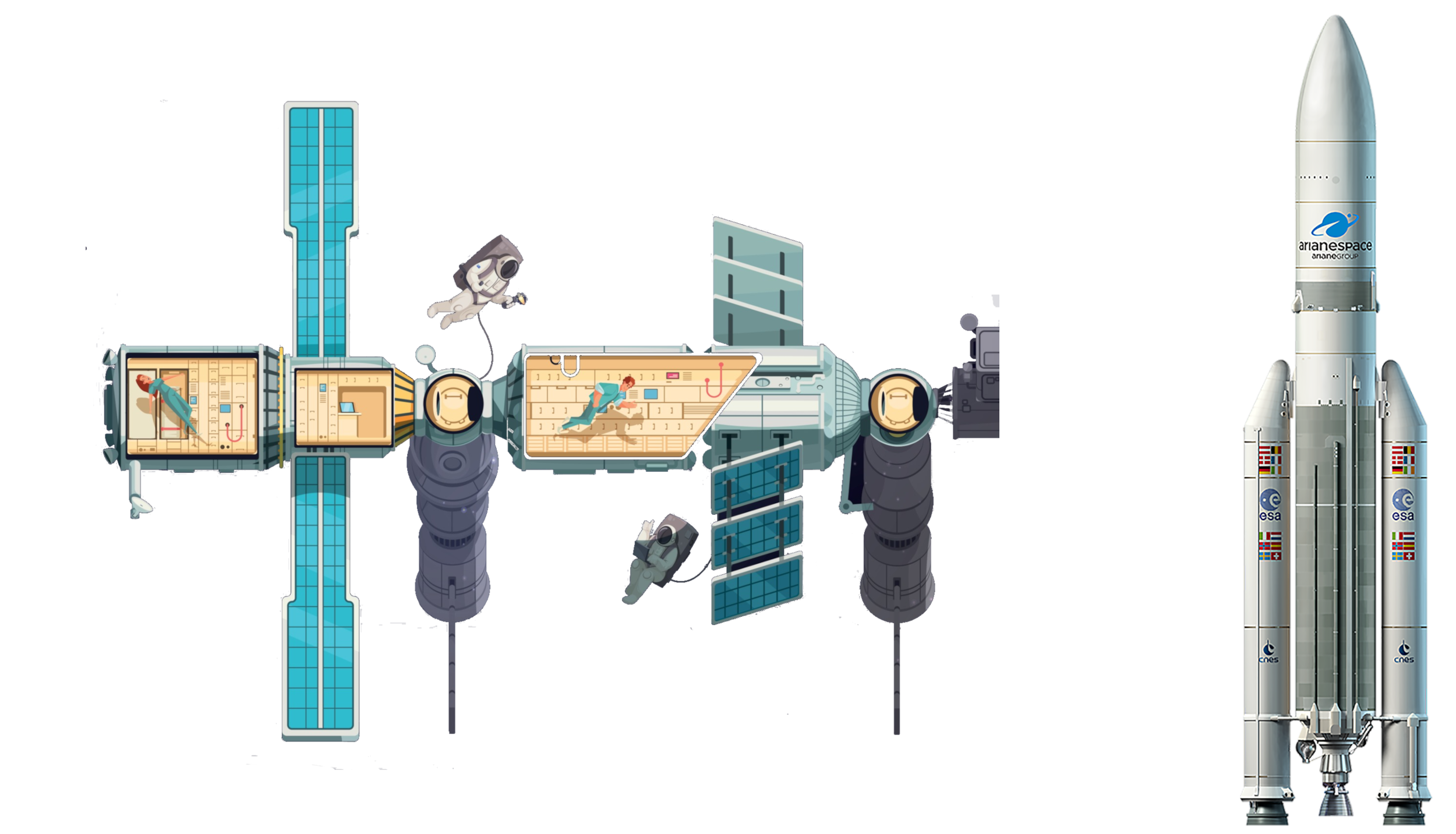 Luft- und Raumfahrt
Luft- und Raumfahrt
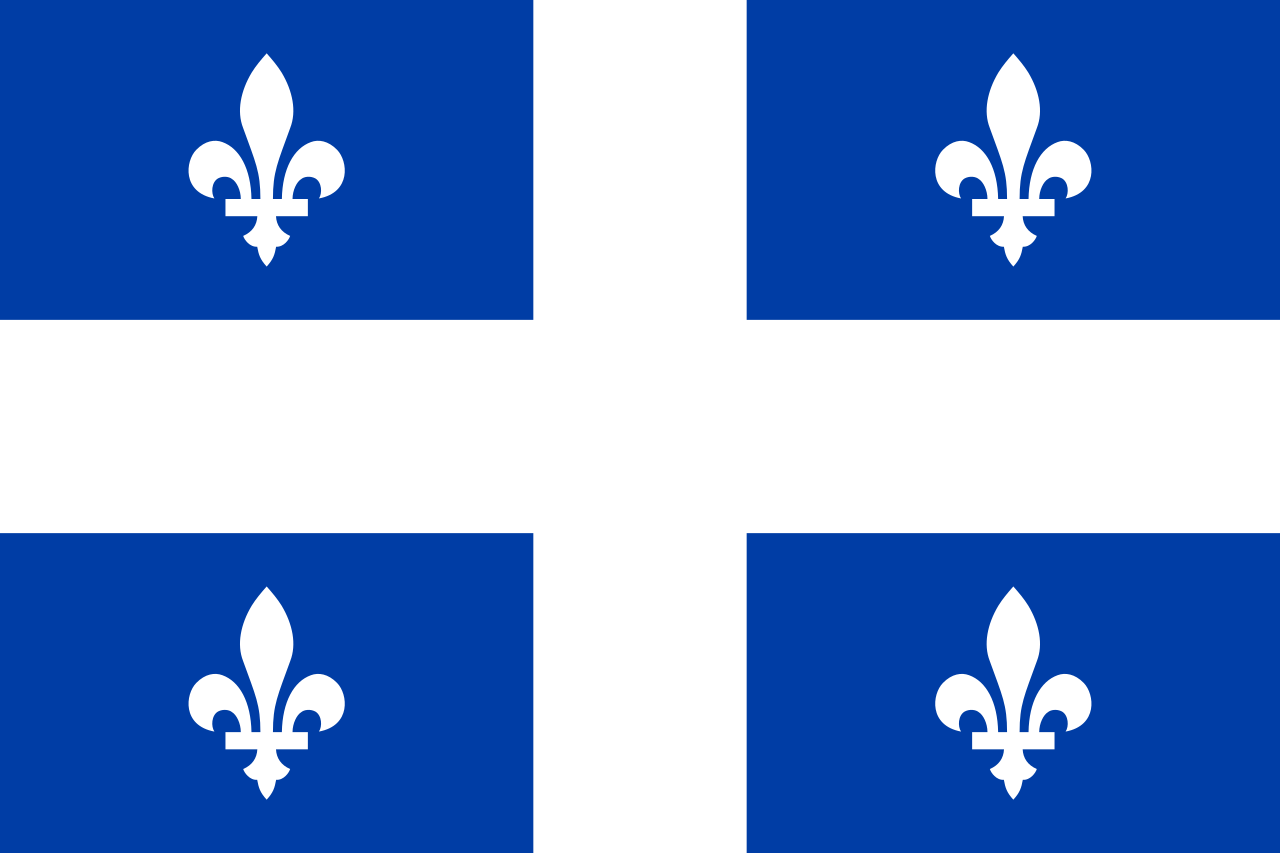 Quebec-QC
Quebec-QC
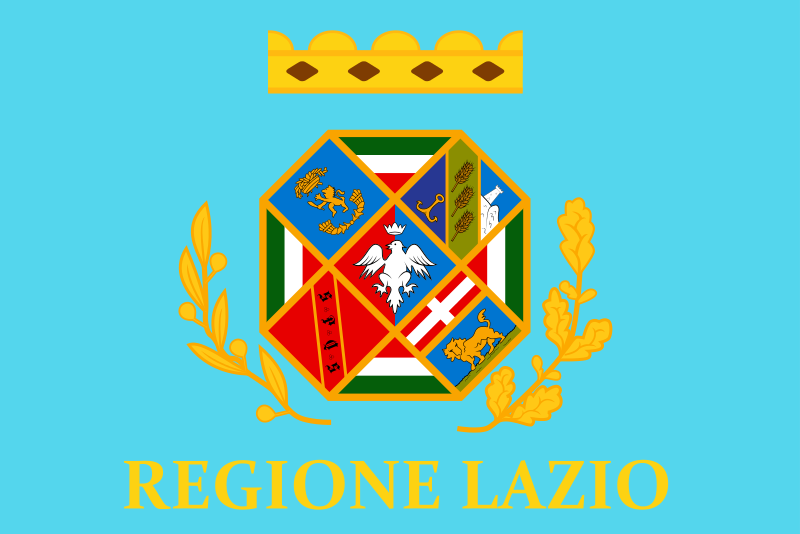 Lazio
Lazio
 Gesetz
Gesetz